Available 24/7
Available 24/7
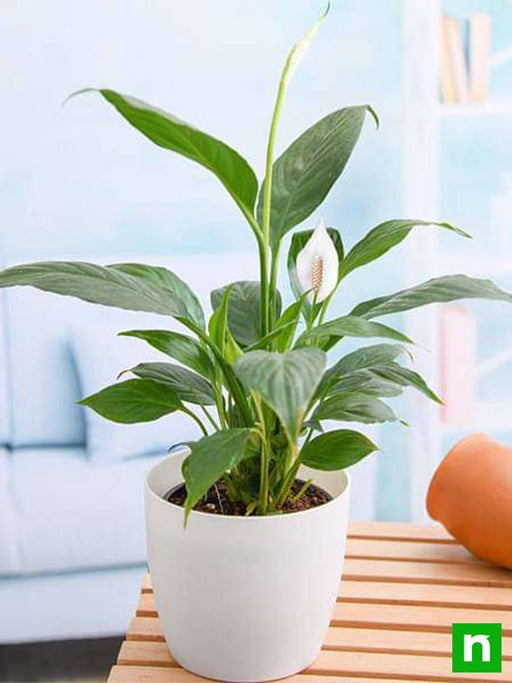
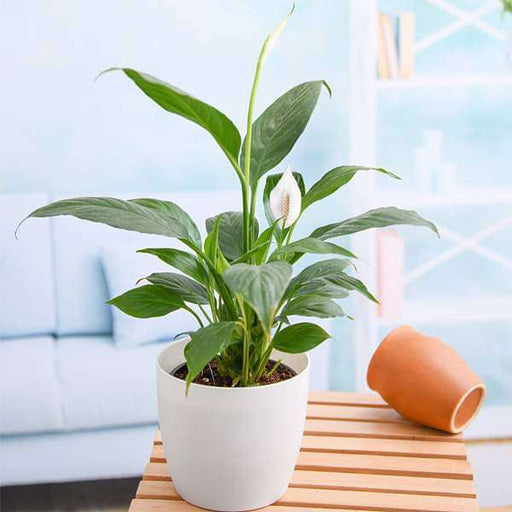 Save up to 15%
Save up to 15%
Peace Lily, Spathiphyllum - Plant The Peace Lily, scientifically known as Spathiphyllum, is a stunning houseplant celebrated for its elega...
View full details
 Save 20%
Save 20%
Jasminum sambac, Mogra, Arabian Jasmine - Plant Jasminum sambac, commonly known as Mogra or Arabian Jasmine, is a fragrant flowering plant...
View full details
 Save 14%
Save 14%
Combo Constituents Includes the Parijat Tree (Night-Flowering Jasmine), a culturally significant plant with fragrant flowers. Description The Pari...
View full details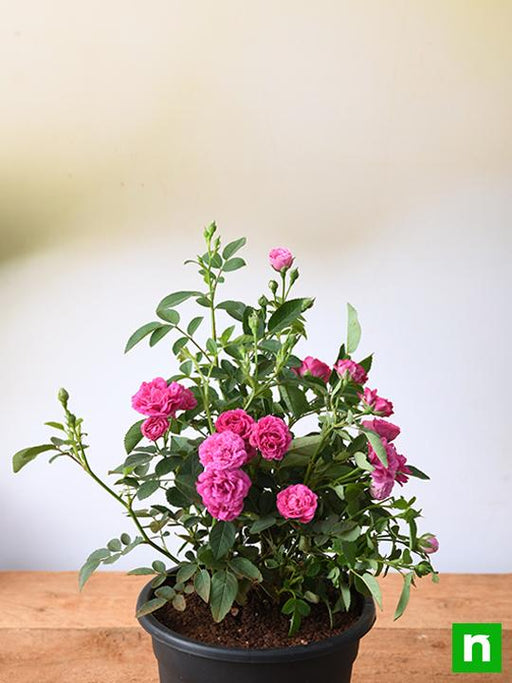
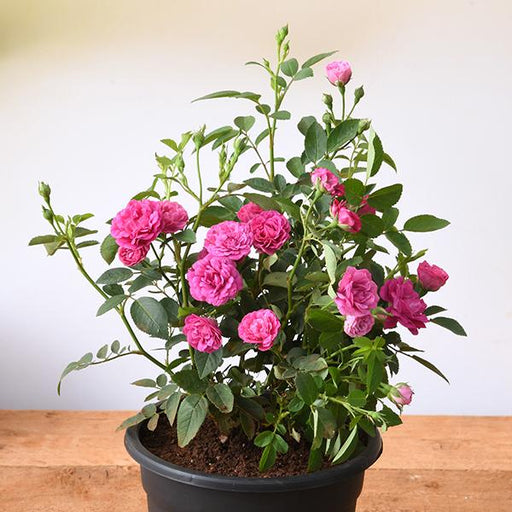 Save 14%
Save 14%
Miniature Rose, Button Rose (Any Color) - Plant The Miniature Rose, also known as the Button Rose, is a charming and compact flowering pla...
View full details Save 20%
Save 20%
Damascus Rose, Scented Rose (Any Color) - Plant The Damascus Rose, also known as Rosa damascena, is a timeless symbol of beauty and romanc...
View full details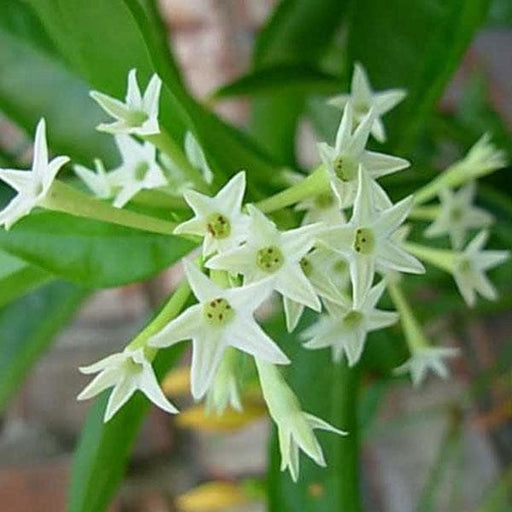
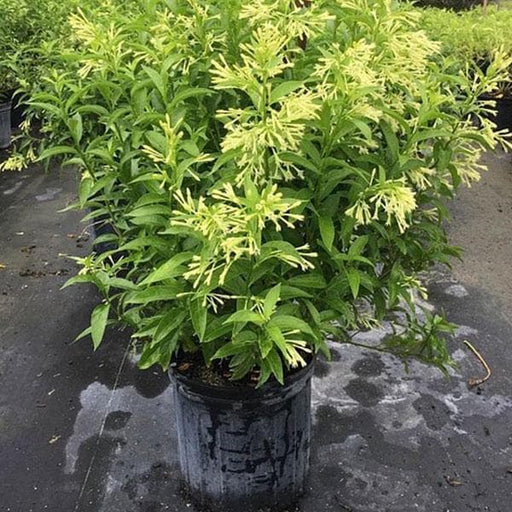 Save 14%
Save 14%
Description Raat Ki Rani (*Cestrum nocturnum*), also known as Night Blooming Jasmine, is a fragrant shrub native to the Caribbean and Central Ameri...
View full details Save 45%
Save 45%
Top 4 Die Hard Succulents Pack Transform your indoor or outdoor space with our Top 4 Die Hard Succulents Pack, featuring a curated selecti...
View full details Save 45%
Save 45%
Top 4 Die Hard Succulents Pack Transform your indoor or outdoor space with our Top 4 Die Hard Succulents Pack, featuring a curated selecti...
View full details Save 12%
Save 12%
5 Best Fragrant Plants Transform your garden or indoor space into a fragrant paradise with our curated selection of the 5 Best Fragrant Pl...
View full details
 Save up to 50%
Save up to 50%
Mini Succulent Garden Pack Transform your space with our Mini Succulent Garden Pack, featuring a delightful collection of 4 any variety beautiful s...
View full details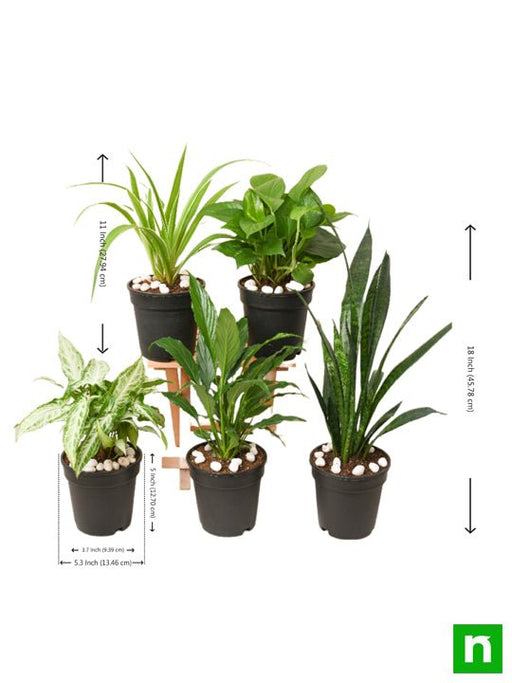
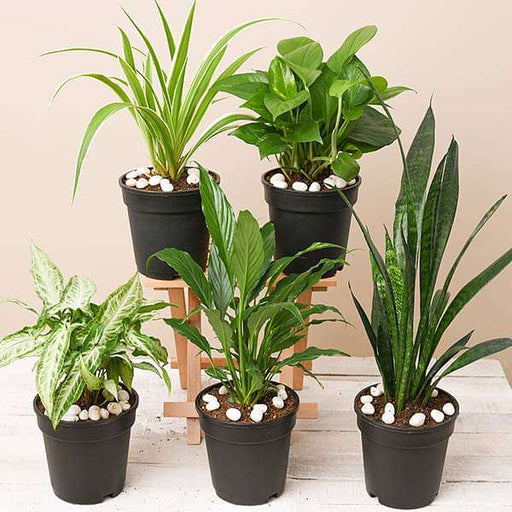 Save 21%
Save 21%
5 Best Indoor Plants Pack Transform your living space into a lush oasis with our '5 Best Indoor Plants Pack.' This carefully curated colle...
View full details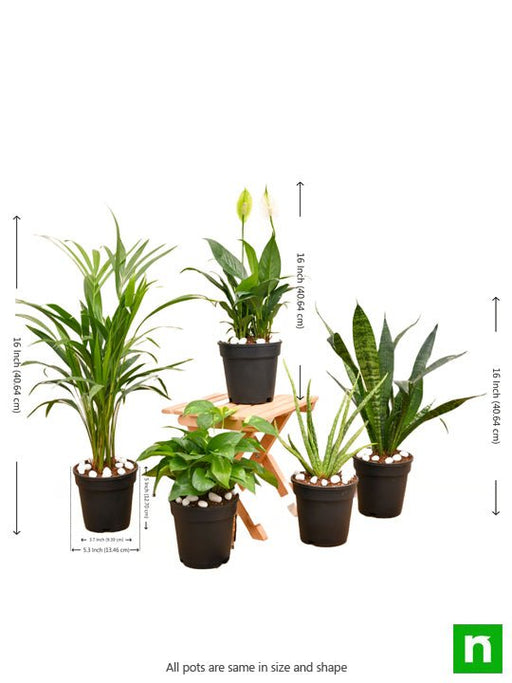
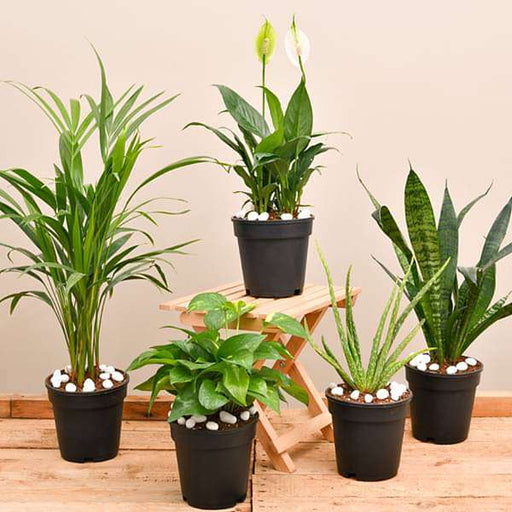 Save 20%
Save 20%
Top 5 Air Purifier and Oxygen Enriching Plant Pack Transform your living space into a breath of fresh air with our Top 5 Air Purifier and ...
View full details
 Save 40%
Save 40%
Set of 2 Bonsai Looking Grafted Adeniums Transform your indoor or outdoor space with our exquisite Set of 2 Bonsai Looking Grafted Adenium...
View full details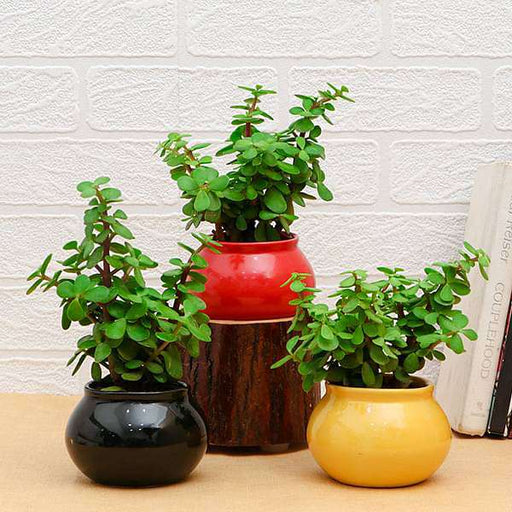 Save 22%
Save 22%
Pack of 3 Good Luck Jade Plants in Ceramic Pots Bring a touch of nature into your home with our Pack of 3 Good Luck Jade Plants, featuring...
View full detailsDiscover the vibrant world of our Mango Plants collection, featuring a delightful mix of varieties that promise to bring tropical charm to your garden. Known for their luscious, sweet fruits and stunning foliage, mango plants are not just a feast for the palate but also a visual delight. Whether you're a seasoned gardener or a beginner, our carefully curated selection ensures that you can enjoy the beauty and bounty of these magnificent trees.
What makes our Mango Plants special is their adaptability to various climates and soil types. With proper care, these plants can thrive in both tropical and subtropical regions, offering you the chance to cultivate your own mangoes right at home. Each variety in our collection has been chosen for its unique flavor profile, growth habit, and resilience, making it easy for you to find the perfect match for your gardening needs.
Growing mango plants is a rewarding experience that not only enhances your garden but also contributes to a sustainable environment. These trees are known for their ability to sequester carbon, improve air quality, and provide habitat for various wildlife. By planting mangoes, you’re not just growing fruit; you’re also playing a part in promoting biodiversity and ecological balance.
Mangoes (Mangifera indica) have a rich history dating back over 4,000 years, originating in South Asia. They have been cultivated for their sweet, juicy fruits and are deeply embedded in the cultural and religious practices of many countries. The mango tree is often associated with love and fertility, making it a symbol of prosperity in various traditions.
From an environmental perspective, mango trees play a crucial role in combating climate change. They absorb significant amounts of carbon dioxide, helping to mitigate greenhouse gas emissions. Additionally, their extensive root systems prevent soil erosion and promote soil health, making them an excellent choice for sustainable landscaping and agroforestry practices.
Mango plants are the tropical superheroes of the plant world. With their large, glossy leaves and sweet, succulent fruits, they bring a slice of paradise to any garden. These plants thrive in warm climates and can produce delicious fruits that are the envy of every fruit lover. Grow your own tropical oasis right at home!
Who doesn’t love fresh mangoes? Mango plants are not just ornamental beauties; they reward your patience with a bounty of sweet, juicy fruits. From green to yellow and red, these fruits are perfect for eating fresh, blending into smoothies, or making into tangy chutneys. Harvesting your own mangoes is an experience you’ll never forget.
Not everyone has a tropical backyard, but you can still grow a mango plant indoors. These indoor-friendly mango plants thrive in pots and containers, requiring just the right amount of sunlight and care. With a little love, you can have fresh mangoes in your living room (eventually, of course).
Mango plants may be low-maintenance, but they still require some TLC to thrive. From the ideal soil type to watering schedules and sunlight needs, knowing how to care for your mango plant will ensure it grows strong and healthy. Just be ready for the delicious reward when it’s time to harvest.
Mango plants are picky about their soil, but once you get it right, they’ll thrive. Well-drained, slightly acidic soil with good fertility is key for healthy mango trees. Mix in compost or organic matter for extra nutrients, and watch your mango plant grow like it’s on vacation in the tropics.
If you’re looking to grow a mango plant in a container, you’re in luck! Mango plants do great in large pots or containers, making them perfect for patios, balconies, or small yards. With proper care, these plants can thrive in confined spaces and give you a taste of the tropics at home.
Mango plants need a little help from their pollinators to produce fruit. While mango trees are self-pollinating, having a few trees in the area can boost pollination and increase fruit yield. So, if you’re growing mangoes, it’s like inviting the bees to a party—everyone wins!
Watching a mango plant grow is like witnessing magic in action. From a tiny seedling to a tall tree with vibrant green leaves and the promise of sweet fruit, each stage is a milestone. Keep track of your plant’s growth to ensure it reaches its full potential and rewards you with delicious mangoes.
Besides the obvious benefit of delicious fruit, mango plants offer a variety of perks. Their large, glossy leaves provide shade, they improve air quality, and they can even add value to your home with their beauty. Plus, mangoes are packed with vitamins, antioxidants, and fiber, making them a healthy snack option.
Not all mango plants are created equal! From the classic Alphonso to the fragrant Haden and the tart Kent, there are many mango varieties to choose from. Pick the one that suits your climate and taste preference, and get ready to enjoy the diverse flavors of fresh, homegrown mangoes.
Pruning your mango plant is an essential task to maintain its health and shape. By trimming away dead or unhealthy branches and shaping the plant, you can ensure better airflow and stronger growth. Plus, it helps the tree focus its energy on producing those sweet, delicious mangoes.
When choosing a mango plant, consider factors such as climate suitability, available space, and desired mango variety. Opt for grafted mango plants as they ensure true-to-type characteristics and earlier fruiting. At NurseryLive, we offer a wide range of mango plant varieties suitable for different regions and growing conditions. Our expert team can guide you in selecting the perfect mango plant for your garden.
Water your mango plant deeply once or twice a week, depending on the weather and soil moisture levels. Ensure the soil is well-draining to prevent waterlogging, as mango plants are susceptible to root rot. Remember to adjust the watering frequency during rainy seasons or when the plant is in its dormant phase.
Fertilize your mango plant during the growing season (spring and summer) using a balanced organic fertilizer. Apply it around the drip line of the plant, avoiding direct contact with the trunk. Follow the dosage instructions provided with the fertilizer. Additionally, supplement with micronutrients like zinc and manganese to ensure optimal growth and fruiting.
To promote flowering and fruiting, provide your mango plant with adequate sunlight (at least 6-8 hours daily) and ensure proper nutrition. Pruning during the dormant season can also help stimulate flower and fruit production. Avoid excessive nitrogen fertilization, as it can inhibit flowering.
Regular inspection is crucial to detect and address pest and disease issues early. Use organic pest control methods such as neem oil or insecticidal soaps. Ensure good airflow around the plant by pruning and maintaining proper spacing. If necessary, consult with a plant health expert for specific pest and disease management solutions.
Yes, mango plants can be grown in pots or containers, provided they have sufficient space and drainage. Select a dwarf or compact mango variety suitable for container gardening. Use a well-draining potting mix and provide regular fertilization. Prune the plant regularly to control its size and promote healthy growth.
The time taken for a mango plant to bear fruit depends on various factors such as the variety, growing conditions, and age of the plant. Generally, mango plants start fruiting within 3 to 5 years after planting. However, some varieties may take longer. Be patient and continue providing proper care and nurturing to your mango plant.
Yes, mango plants can be grown from seeds. However, keep in mind that the fruit produced from seed-grown plants may not necessarily be true to the parent tree's characteristics. It may exhibit variations in taste, size, and quality. For true-to-type mango plants, it is advisable to choose grafted varieties.
Pruning mango plants is done primarily to maintain their shape, promote airflow, and remove dead or diseased branches. Prune during the dormant season, preferably after fruiting. Use clean and sterilized pruning tools to make precise cuts just above a healthy bud or lateral branch.
Mango plants thrive in full sunlight and require ample space to grow. While it may not be feasible to grow a mango plant completely indoors, you can provide it with supplemental grow lights or place it near a sunny window to maximize sunlight exposure. However, keep in mind that indoor-grown mango plants may not fruit as prolifically as those grown outdoors.
Premature flower drop can occur due to environmental factors or inadequate pollination. Ensure proper irrigation and maintain consistent moisture levels. Encourage pollinators such as bees and butterflies by planting nectar-rich flowers nearby. If necessary, hand-pollinate the flowers using a soft brush to transfer pollen between flowers.
Common mango pests include aphids, fruit flies, mealybugs, and scales. Use organic pest control methods such as neem oil, insecticidal soaps, or horticultural oils. Regularly inspect the plant for early signs of infestation and take appropriate measures promptly. Consult with a plant health expert for specific pest control recommendations.
Mango plants are tropical and prefer warm climates. In regions with cold winters, protect your mango plant from frost damage by covering it with frost cloth or moving it to a sheltered location. Provide extra insulation to the roots using mulch or straw. Avoid overwatering during winter, as wet soil can further damage the plant.
Yes, you can grow different mango varieties in the same garden. However, ensure sufficient spacing between the plants to allow proper growth and airflow. Also, consider the pollination requirements of each variety to ensure proper fruit set. Cross-pollination between compatible mango varieties can enhance fruit production.
Mangoes are typically harvested when they reach their mature size and exhibit color changes depending on the variety. Ripe mangoes give off a sweet aroma and yield slightly to gentle pressure. Different mango varieties have different ripening periods, so it's essential to familiarize yourself with the specific characteristics of the mango variety you are growing.